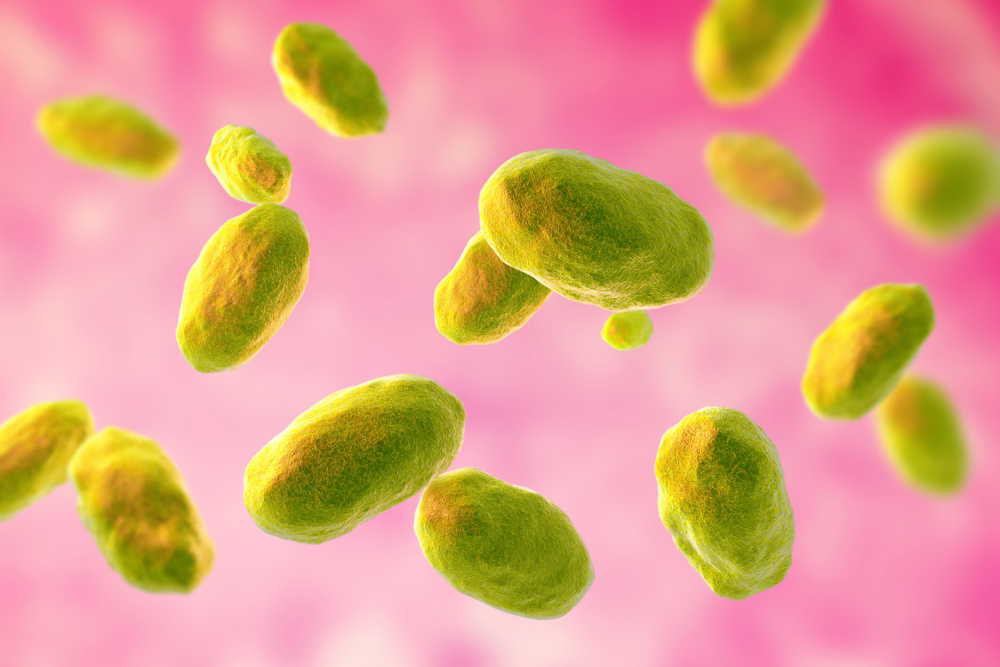Background: The taxonomically defined family, Enterobacteriaceae, includes those facultatively anaerobic gram-negative straight bacilli which ferment glucose to acid, are oxidase-negative, usually catalase-positive, usually nitrate-reducing, and motile by peritrichous flagella or nonmotile.
The Enterobacteriaceae group does include many coliforms, with the addition of other microorganisms which ferment glucose instead of lactose (i.e. Salmonella).
If the meat ecosystem favors their growth, genera in the family Enterobacteriaceae may be important in muscle food spoilage. Conditions allowing growth of Enterobacteriaceae include limited oxygen and low temperature. Members of this family produce ammonia and volatile sulfides, including hydrogen sulfide and malodorous amines, from amino acid metabolism.
The Enterobacteriaceae have been used for years in Europe as indicators of food quality and indices of food safety. The use of coliforms as indicators of food quality or insanitation in food processing environments is based upon tradition in the United States. This practice arbitrarily bases judgment on food quality or manufacturing plant insanitation upon recovery of those members of the Enterobacteriaceae group (i.e. coliforms) which ferment lactose, thus ignoring the presence of non-lactose fermenting members.
Method
Media
Turn Around Time
Sample Required
Type of Test
Reportable Units
Detection Limit
Related Resource
AOAC 2003.01 3M Petrifilm ISO Accredited
3M Petrifilm equivalent to Violent Red Bile Glucose (VRBG)
2 Business Days
10 to 100 g or mL or 1 swab
Quantitative Plate Count Analysis
CFU per gram or CFU per mL or CFU per cm2 depending on original sample matrix
<10 CFU/g or <1 CFU/mL or <0.1 CFU/cm2 depending on original sample matrix
Analysis Description: Enterobacteriaceae is of great importance since these organisms are involved in food spoilage, indicators of fecal contamination of food products, and some are foodborne pathogens. Since the Petrifilm Enterobacteriaceae Count Plate enumerates all coliform organisms plus potential pathogens such as Salmonella, Shigella and Yersinia, it provides a more inclusive picture of potential contamination. These heat and sanitizer-sensitive organisms should be monitored in both wet and dry plant environments.
An indicator in the Petrifilm Enterobacteriaceae Count plate colors all colonies red. The top film traps gas produced by some Enterobacteriaceae. Acid-producing Enterobacteriaceae are seen as red colonies surrounded by yellow zones.
Enterobacteriaceae will have one of the following characteristics on the plate: colonies associated with gas bubbles and no acid zones, colonies with yellow acid zones but no gas production, or colonies producing both gas and acid.
The sample is diluted with a buffer, blended, and an extracted amount is plated on the Petrifilm, many times in a serial dilution format. Inoculated Petrifilm are incubated at 35°C for 24 hours.


